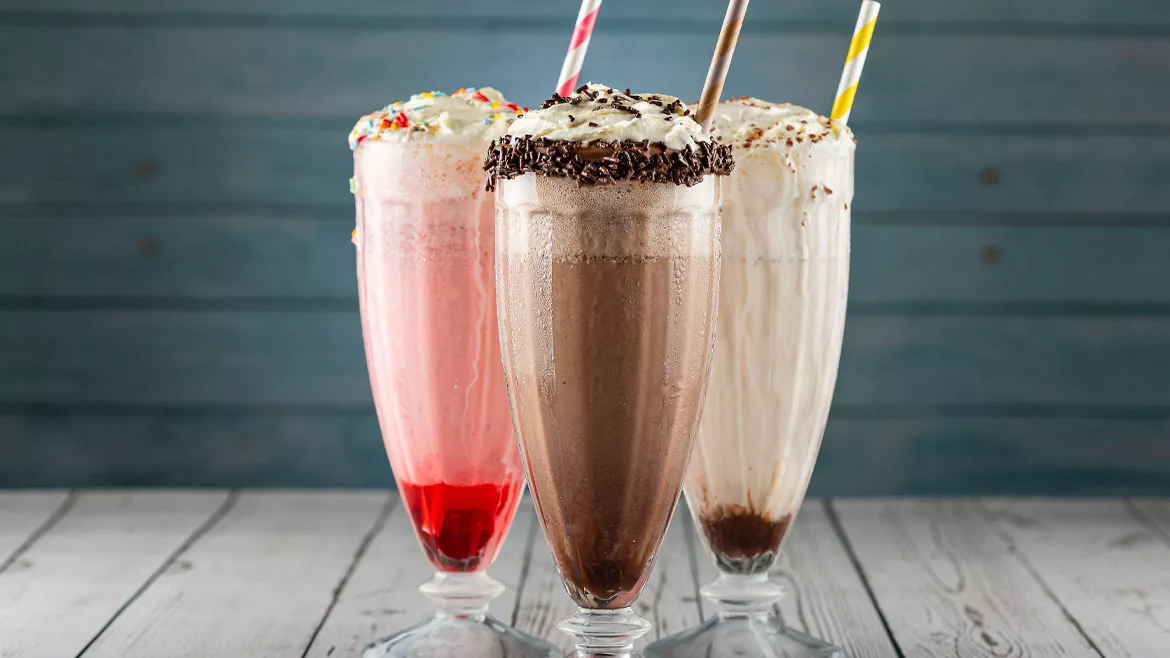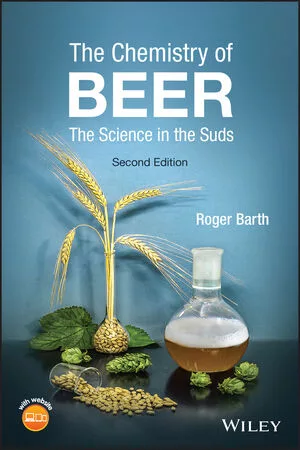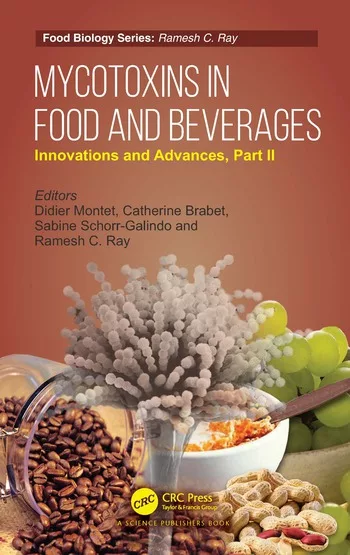Ingredient Spotlight
Classic flavors provide reliable, consistent results for beverage-makers
Consumers enjoy tastiness, nostalgia of chocolate, vanilla and strawberry

Image courtesy of Getty Images
The folk tale of Cinderella has been retold many times throughout history. The earliest known tale of Cinderella is that of Rhodopis, as told by the Greek philosopher Strabo. Since then, many renditions of the story have been told, from the Brothers Grimm to Walt Disney. Because of its timeless storyline, many consider Cinderella to be a true classic.
Similarly, in the realm of beverages, chocolate, vanilla and strawberry flavors are considered classics, and given this status, beverage-makers are using these classic flavors to connect with consumers.
“Classic flavors like chocolate have stood the test of time for a reason — they’re seductively delicious,” says Gretchen Hadden, marketing leader for cocoa and chocolate at Cargill, Minneapolis. “Universally loved, inextricably linked with indulgence and comfortingly familiar, chocolate-flavored beverages come steeped in positive consumer associations — a proven recipe for success.”
Although other flavors come and go, Hadden expresses that consumers will choose chocolate time and time again.

Alexandra Kirsch, marketing associate for South Plainfield, N.J.-based Allen Flavors Inc., notes that classic flavors evoke a sense of nostalgia for most consumers. They often remind consumers of childhood favorites or comfort foods, creating an emotional connection, she says.
“Also, these flavors have mass appeal and are generally well-liked by a broad range of consumers. This makes them appeal to beverage-makers aiming for widespread acceptance and market penetration,” Kirsch explains. “We see these flavors making waves in flavored milks, spirits, protein shakes, mixers and CSD (carbonated soft drinks) categories.”
Like the other experts, Philip Caputo, marketing and consumer insights manager at Brooklyn, N.Y.-based Virginia Dare, says that chocolate, vanilla and strawberry are timeless flavors that elicit nostalgia.
“Vanilla, chocolate and strawberry are some of the first flavors kids enjoy, so there’s built-in nostalgia and personal preference, which helps beverage-makers connect with consumers,” he states. “But just because classic flavors have a long history doesn’t mean they can’t be explored in new ways. We call these flavor blends ‘Elevated Classics’ because they capture the broad appeal of classic flavors while adding something new.”
He explains that Virginia Dare will take a familiar flavor such as strawberry and ad warm, spiced cardamom, or emphasize the freshness with apricot.
“Elevated Classics are a best-of-both-worlds option: you can experiment with flavors without worrying about being too far-fetched,” Caputo suggests.
Examples of Elevated Classics include vanilla lavender, brown butter caramel chocolate and strawberry basil, he says.
Rolling with sugar reduction trends
As classic flavors often are associated with sweet profiles, experts note that the performance of these flavors has been influenced by sugar reduction trends.
Cargill’s Hadden notes that sugar reduction technology, specifically around stevia, has improved and allowed beverage manufacturers to create chocolate-flavored drinks with less sugar or no sugar.
“At the same time, we’ve developed other approaches to sugar reduction, including our Gerkens Sweety cocoa powder range,” she says. “With Sweety cocoa powders, developers can reduce sugar up to 15-30% in a simple way, without compromising on great chocolatey taste. Designed specifically for chocolate-flavored beverages, Sweety cocoa powders are low in bitterness but still maintain a well-balanced chocolate flavor with a sweet perception.”
“Because people want to reduce sugar overall, [it] doesn’t mean they don’t still reach for a sweet treat every once in a while.”
– Philip Caputo, marketing and consumer insights manager at Virginia Dare
Hadden explains that the Sweety range includes two distinct cocoa powders: Gerkens Revelry, which features stronger chocolate and cocoa notes; and Gerkens Bliss, which offers a milder chocolate flavor with heightened creaminess.
Allen Flavors’ Kirsch explains that achieving the right balance between sugar reduction and a desired taste profile is necessary for optimal taste perception. She also notes that beverage-makers are experimenting with alternative sweetening agents, like natural sweeteners such as stevia, sugar alcohols or innovative taste-modifying ingredients.
“Vanilla’s taste profile can help smooth out some of the off-notes associated with natural sweeteners,” she adds. “Chocolate flavor pairs well with these natural sweeteners due to the natural bitterness perceived in chocolate.”
Virginia Dare’s Caputo states that, despite interest in sugar-reduced products, consumers still crave the classics.
“Because people want to reduce sugar overall, [it] doesn’t mean they don’t still reach for a sweet treat every once in a while,” he says. “But there is still an opportunity for products to deliver that sweet craving while showcasing low-sugar, zero-sugar or reduced-sugar formulation. There are ways to have both, and that’s why Virginia Dare solves for flavor creation and modulating the off-tastes from low-sugar formulations or sugar alternatives.”
Calling for the classics
As for which beverage categories most commonly utilize vanilla, chocolate and strawberry flavors, Cargill’s Hadden lists the various drinks in which chocolate is used: sports drinks, coffee beverage, milks and milk alternatives, dessert beverages and more.
“It’s especially popular in protein beverages, which often have off-notes that can create an unpleasant taste,” she explains. “Chocolate is a great choice to help mask those flavor challenges, making protein-rich products like sports nutrition powders and beverages more enjoyable.”
Hadden says the company has leaned into the popularity of plant-based drinks and has done the work to find the best cocoa powder to pair with two fast-growing botanical bases: almond and oat. Gerkens Floret cocoa powder pairs best with almond bases, while Gerkens Russet is best for the sensory profile of oat-based beverages, she explains
Allen Flavors’ Kirsch, notes that classic flavors are well-suited for a variety of categories, especially those with a creamy mouthfeel.
“These flavors are often applied in dairy and non-dairy products, such as milkshakes, flavored milks, smoothies, coffee, cocktails, liqueurs and protein shakes,” she says “These creamy flavors pair well with creamy applications.”
Virginia Dare’s Caputo states that, because “the classics” are so popular, these flavors can be found everywhere, across beverage categories.
“Virginia Dare sees the biggest potential for growth in RTD (ready-to-drink) protein beverages, clean energy drinks, and fortified, plant-based beverages,” he explains. “Including classic flavors, like vanilla, chocolate and strawberry, can help consumers feel more comfortable branching out into more adventurous beverage categories. A familiar flavor feels more like a guarantee that they’ll enjoy it.”
Thinking of how often flavors are used in tandem with new age flavors in beverage formulations, Caputo says that consumer familiarity makes them “a perfect choice” with which to experiment. “The traditional balances the new age flavors and de-risks buying an unfamiliar flavor,” he adds.
Allen Flavors’ Kirsch echoes similar sentiments.
“Pairing these classic flavors with new age flavors is on trend,” she says. “Some examples include chocolate paired with mint, caramel or chili. Vanilla is typically paired with lavender, matcha, pumpkin or chai flavors. Furthermore, strawberry pairs well with basil, coconut or exotic fruits.”
Cargill’s Hadden explains that the company’s ChocoLogic survey found that nearly six in 10 consumers say they choose chocolate-flavored beverages at least half the time, showing how important the flavor is in drinks.
“While chocolate is loved (and highly sought) on its own, it also pairs well with a wide range of flavors,” she says. “Some, like coffee mochas, are well known; others, like a boozy hot chocolate or a chocolate-matcha smoothie, offer more novel flavor experiences.”

Considering classic flavors
When seeking a quality ingredient solution for classic flavors, beverage-makers must take certain factors into account.
Virginia Dare’s Caputo says that sourcing quality “encompasses much more now.”
“Flavors should taste good, of course, but how the ingredients are grown, who grows them and the extraction process matters, too,” he notes.
Caputo adds that the company has seen first-hand how the production impacts local communities, because it has “boots on the ground” in growing regions. Virginia Dare supports local communities by sponsoring programs such as Village Savings and Loan Associations in Madagascar. These programs work like proxy banks to encourage local entrepreneurs, he explains.
“Across all levels of our business, we emphasize transparent, traceable supply,” Caputo says. “We urge people to ask suppliers how the ingredients get to you.”
Allen Flavors’ Kirsch suggests that beverage manufacturers look at the costs of quality classic flavors, as well as the compatibility with other ingredients. She notes that extracts are more expensive than natural flavors.
“Vanilla smooths out bitterness, chocolate has bitter tones that may work well with applications, and strawberry flavor contains sweet and acidic notes that can hide bitter compounds in beverages,” Kirsch explains. “Beverage-makers should also consider compliance with regulations, especially for TTB (Alcohol and Tobacco Tax and Trade Bureau).”
Nicholas Gauger, technical services innovation consultant for cocoa and chocolate at Cargill, also advises beverage-makers to work closely with their cocoa and chocolate supplier’s research and development team, and share as much as they can about beverage project details. He adds that there are a lot of options for chocolate and cocoa.
“Non-alkalized or alkalized, 10-12% fat to high fat, and non-lecithinated to lecithinated cocoa powders can all be used successfully in a beverage application,” Gauger says. “While cocoa and chocolate can be part of a great tasting beverage product, sharing details upfront can save a lot of time and obstacles for the beverage developer.”
Gauger uses the example of an RTD, shelf-stable application containing stabilizers. He explains that a natural- to mildly-alkalized cocoa powder is recommended as a starting point, as stronger alkalized cocoa can interrupt the matrix formed with the stabilizers and cause an excess of separation or sedimentation, thereby impacting the sensory experience.
Predicting the future of classic flavors
Looking ahead, Allen Flavors’ Kirsch suspects that beverage developers will continue to experiment with creative pairings involving the classic flavors.
“With the continued growth of the plant-based beverage category, we see these flavors becoming more popular in dairy alternatives and seltzers,” she says. “We also can see an increase in beverages featuring strawberry, vanilla and chocolate flavors made from alternative ingredients like oat milk, almond milk or coconut milk.”
Kirsch anticipates that these flavors will also be involved more in the cocktail and liqueur space.
Virginia Dare’s Caputo says chocolate, vanilla and strawberry aren’t going anywhere, but there is still “plenty of opportunity” to play with the flavors as a base or top note. Even with one base flavor, he adds, there are many variants in strawberry flavors, from jammy to bright and sweet.
“As beverage developers experiment with new formats, like dairy alternatives or next-gen proteins, classic flavors are usually the first to arrive on the scene and never disappear,” he concludes.
Looking for a reprint of this article?
From high-res PDFs to custom plaques, order your copy today!









